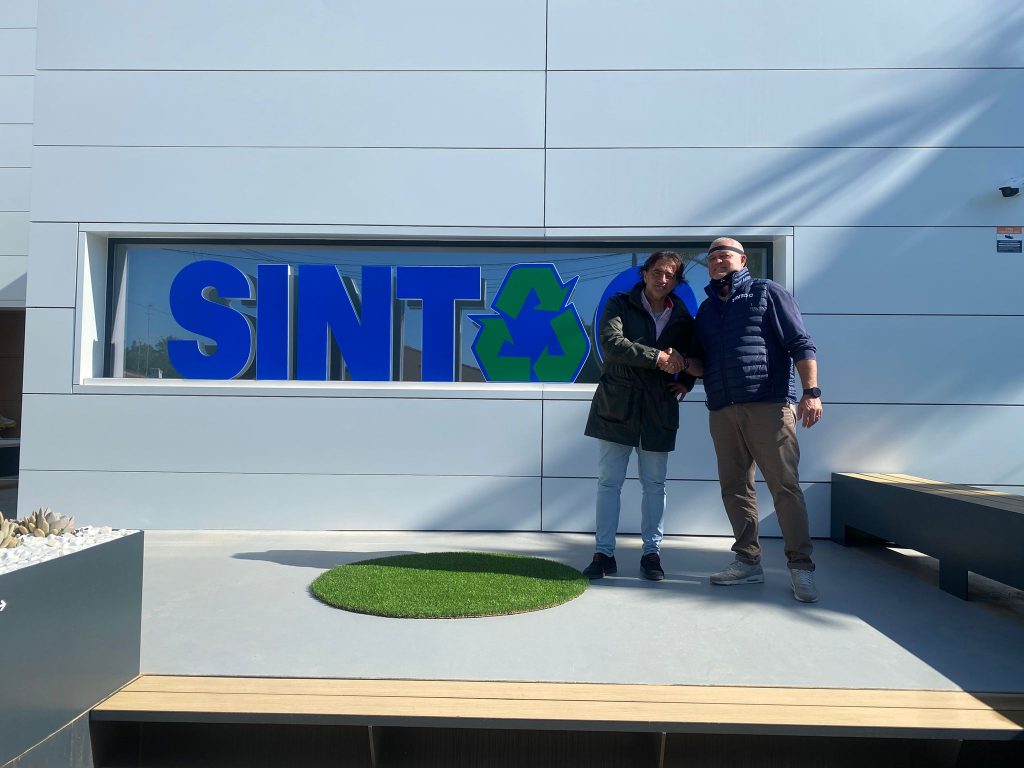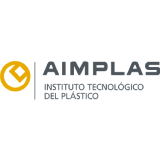Sustainable housing
Sustainable housing is housing that helps the environment by optimising resources, materials and at the same time reducing energy consumption.
What is sustainable housing?
Sustainable housing takes into account the design, construction and operation of the house over its lifetime, sustainability is about meeting the needs of the present without compromising the ability of future generations to meet their needs, in three contexts:
Sustainable housing has three key elements.
1. Environmental sustainability
The house is designed to reduce aspects such as water, energy, emissions, waste, vegetation, pollutants and contamination.
2. Sustainability
Sustainability refers to such things as aesthetics, safety, accessibility, functionality, future modifications, and habitability for future generations.
3. Economic sustainability
The house is designed to save on costs and materials for construction, utilities, ownership charges, maintenance, major upgrades and replacements, and resale value.
How to make your house sustainable
Consider the climate of the building.
When planning housing, you should think about the climatic conditions of the area where you are building. Climate-sensitive design for new homes can adapt to predicted present and future weather patterns, such as temperature, heat waves and rainfall variability.
Maximising opportunities for sustainability
Many features within a house can provide the opportunity to address more than one form of sustainability. For example, a well-designed bathroom with a continuous shower, non-slip finishes, handrails and water-saving fixtures can provide:
- Environmental benefits (e.g. using less of a valuable resource and generating less wastewater)
- Economic benefits (e.g. reduced hot and cold water running costs)
- Social benefits (e.g. safe accessibility for people of different ages and abilities).
Making changes to existing housing
Climate-sensitive design can also be applied when retrofitting existing houses. For example, you can minimise the need for air-conditioning in summer by using passive features such as: - using lighter colours on external surfaces of the dwelling.
- Add shade through awnings on windows and parabanes.
- promoting ventilation throughout the house.
- adding insulation in the roof.
Taking measures like this can also minimise energy costs and improve your comfort.
That’s why Sintac Recycling joins forces with Dosdíascontainer to align with the goals of the European Green Pact. Realising sustainable housing and decoration made from sustainable plastic.
SINTAC Recycling will collaborate with the innovative DOSDÍASCONTAINER project, a great sustainable initiative to give a second life to maritime containers.
The fusion of recycled materials with the reuse of these containers will become the new great era of construction, and what better way than using recycled materials from a company like SINTAC Recycling to build the decoration of these sustainable homes?
The added value of the circular economy has served as a motivation for these two large companies to join forces in the current necessary context, demonstrating high levels of efficiency and innovation in each of their projects and services.
This new alliance can be defined as a way of rethinking, reordering, reformulating, remanufacturing, revaluing, redesigning, rewarding, renewing or reclaiming, being effective in achieving the circularity of the economy and the great opportunities it presents.
The two companies are thus making a commitment to achieving the Sustainable Development Goals and working together on innovative projects that have an impact on the achievement of a circular economy.














